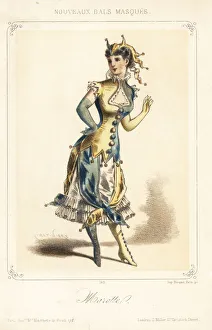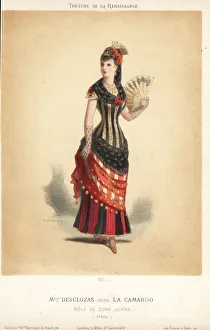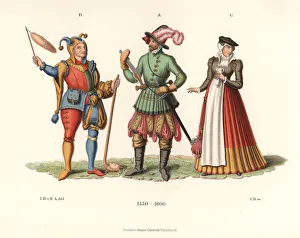Marotte Collection
Marotte: A Timeless Emblem of Folly and Whimsy Throughout history, the Marotte, or jester's stick, has been a symbol of folly, wit, and entertainment
All Professionally Made to Order for Quick Shipping
Marotte: A Timeless Emblem of Folly and Whimsy Throughout history, the Marotte, or jester's stick, has been a symbol of folly, wit, and entertainment. From the woman in 19th-century Spanish opera, Dona Juana in La Camargo, wielding a Marotte, to the knight, fool, and girl in 16th-century Germany, this whimsical prop has captivated audiences for centuries. Jean Francois Janinet's La folie, a painting from 1777, depicts a woman in a Marotte costume, embodying the madness and unpredictability of life. Similarly, the character Aymon Premier, from the 1726 play by Caylus and Joullain, dons a Marotte costume to represent the absurdities of love. Actresses in various productions have also embraced the Marotte as a symbol of madness, as seen in this 19th-century photograph of a woman in costume. The Marotte even made an appearance in a set of cards from the late 1800s, where it was used to represent the Allies as playful and unpredictable butterflies. In art, the Marotte has been immortalized in numerous paintings, such as Love as Folly from the late 1700s. These works of art showcase the enduring appeal of the Marotte as a representation of the human condition - a reminder that even in the midst of chaos and folly, there is always room for whimsy and delight.









